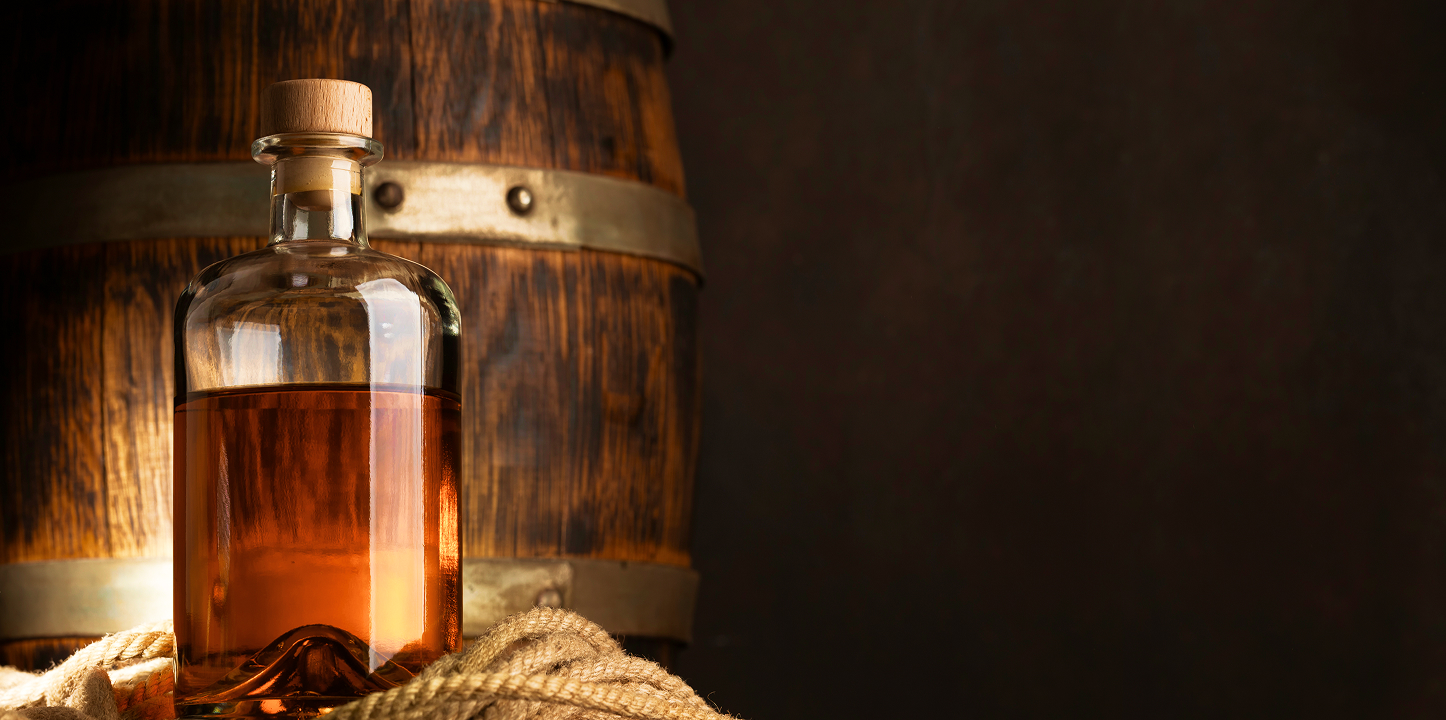
Let’s Talk Rum. No Latin Names, No BS.
Rather than going all “rum is produced from Genus Saccharum officinarum”, we’ll break it down the way our Wise Monkeys passed it on to us. No fluff, just pure rum.
Here’s the simple idea:
Where there’s sugarcane, there shall be sugarcane-based spirits.
It’s an unspoken rule that’s been around for centuries.
The process, in short, goes like this:
The base for rum — either sugarcane juice or sugarcane molasses — is fermented and distilled to produce a clear spirit.
This spirit is then typically aged in wooden casks or steel tanks.
(And yes, the vessel matters: casks give you earthy, dark rums, while steel keeps the liquor colourless.
Simple science.)
That was your TL;DR.
Now, for those who want the full story — let’s rewind a bit.
A Spirited History
When sugarcane made its way to the Caribbean, it quickly became a staple. While widely consumed — especially by the enslaved — sugarcane had a dark history. Even after extracting sugar, molasses was left behind in excess. And no one knew what to do with it.
Until one brilliant mind decided to ferment the molasses into liquor.
The idea took off, and the world was never the same again. What started as a way to use leftovers turned into one of the most beloved spirits today.Over the years, distillers have continued to experiment — playing with blends, ageing, and fermentation — turning rum into a drink of depth and craft.
The Making of Rum
Rum is now made in one of three ways:
Directly fermenting sugarcane juice
Fermenting concentrated syrup from sugarcane juice
Fermenting molasses (a by-product from sugar production)
Even molasses isn’t just molasses.
In Rum: A Global History, Richard Foss explains how the British classified it:
First extraction: light molasses
Second: dark treacle (dark molasses)
Third: blackstrap molasses
And here’s the fun part — where your sugarcane comes from makes all the difference.Molasses from Barbados won’t taste like molasses from the Dominican Republic.
So, knowing where your rum comes from helps you know what to expect.
Fermentation: Letting It Breathe or Taking Control
There are two main approaches to fermentation:
Natural fermentation
The old-school way. Leave it in open vats, and let the wild yeasts in the air do their thing. Think water to wine, but boozier.
Controlled fermentation
Yeast strains are added intentionally, giving the distiller more control over flavour and consistency.
Once fermentation is done, you’ve got a low-alcohol liquid.
Next comes distillation — where alcohol is separated and concentrated.
Ageing & Attitude
Rum doesn’t stop after distillation. It can be aged in barrels — from a few weeks to 50 years (or more!).
Wood type, climate, time — everything affects the flavour.
That’s why no two bottles of rum are ever truly the same.
It’s a bit lawless, just like a Clint Eastwood character — wild, deep, and always unpredictable.
